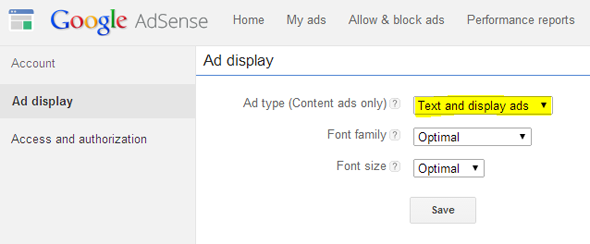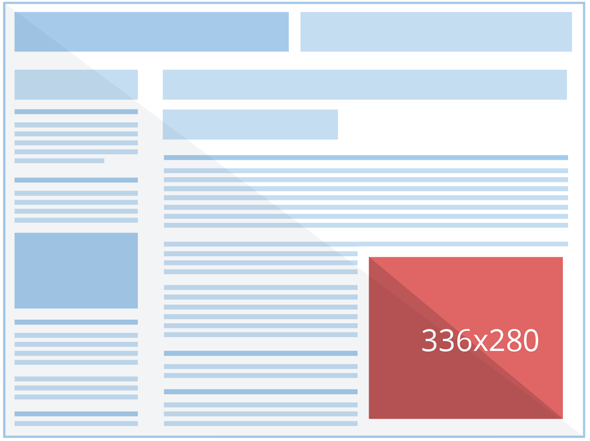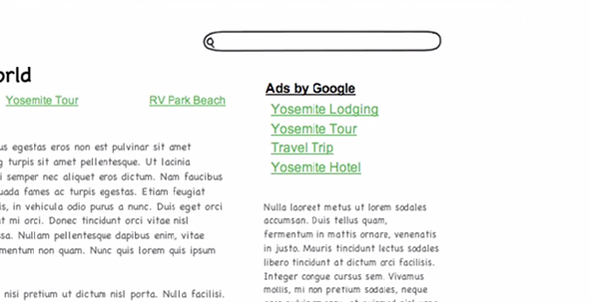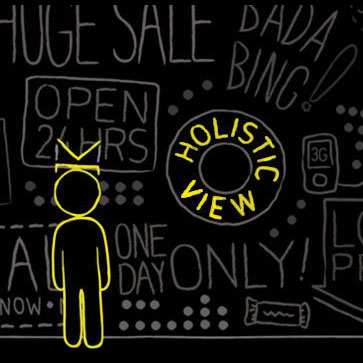AdSense Ads: How AdSense Optimization is a Science (Not an Art)

Optimizing AdSense means getting just the right blend of ads and content. If you're achieving a great user experience, as well as improving your income from ads, then you're doing a great job.
It's a balancing act that requires some patience, as you need to crunch a lot of data to find that perfect combination of 'ad visibility,' as well as intuitive navigation and usability. It's all about measurement. After all, no one wants to 'spam out' their users with too many ads and see bounce rates jump, and everyone must avoid the pitfall of having too many ads above the fold at the expense of content.
So what's the answer? Well, the key here, is to maintain a balance between monetization and user experience of your site. Fortunately, this is easily quantifiable problem to solve. User Experience (UX) can be defined by measuring the core UX metrics: time on site, page views per visitor and bounce rate.
If all those metrics are improving, you can say with confidence that UX is 'on the up.' Earnings per thousand visits (EPMV) will give you a traffic-adjusted metric for income success, because it combines RPM and page views per visitor. Improving UX would take up a whole article on its own, so for now, let's concentrate on how to easily improve your ad income from AdSense (epmv).
The Top 7 things any Adsense Publisher can do to improve their income from Adsense (easiest first).
1. Select 'Text and Display Ads' for your entire account.
A 30-second task that will pay you back day after day by allowing as many advertisers as possible to compete for your ad slot. Make sure you've enabled your account to display both Text AND Display Ads. You can do this for your entire account in 10 seconds, by clicking on a single drop-down menu. (click on the cog in the top right of the AdSense UI>Account settings>Ad Display).

(Always make sure your account is set to 'text and display,' to increase competition for your ads space.)
2. Put the best performing ad for every page first in your HTML code.
Takes a little more digging to know which ad is best on each page, but you should move the top performing ad (usually the highest CTR ad) up the HTML code in your page, so it's the first ad Google AdSense Crawler will see. This ad will get the first and most competitive ad impressions, increase auction pressure and make you more money. TIP: This ad tends to be the biggest (and widest) unit on the page.
3. Big is beautiful.
Switch out your smaller standard ads with bigger ones. As many ad sizes are now interchangeable, many smaller ads can fit inside larger ones, so that you don't miss out on all the lucrative standard inventory bids and still get income from bigger units which, generally, have a higher CTR and will boost your RPM.
Switch out your MPUs (300x250) ads for Large Rectangles (336x280), as they also attract income from MPU advertisers. The same ad will show in the larger unit. The same approach works for switching Leaderboards (728x90) for Large leaderboards (970x90). You should also consider adding some large format ads to your best performing pages; replacing Standard wide-skyscrapers (160x600) for the new 'half page' aka 'super wide skyscrapers' (300x600); which is the fastest growing ad size in AdSense.
Note: Bigger and wider work best, but make sure your content on the page is front and center and that your navigation is easy to follow too. If you help increase your page views per visit will also give you an overall lift in ad impressions.

(336x280 ads will also show 300x250 ads)
4. Create AdSense 'Custom Channels' and Make them Targetable.
Custom channels are like folders where you can group ad units together to monitor the progress of your ad location tests, but you can also make these channels discoverable by AdSense advertisers who want to bid on particular areas of your site. Be careful though, because once you've created them as targetable ad placements for advertisers by checking the box, you will lose those bids if you ever change the channel name, so choose your channel names wisely.
5. Don't forget about link units!
You are allowed three display ads (one of them can be a large format ad like a 300x600) per page, but you're also allowed a maximum of three link units on a page. Consider where you can include a new link unit position; at the bottom of your articles, above the header, in the side bars are all good places. These can be very useful addition to your site's income when positioned well.

(Text ads can fill spaces with 2-click ads - which is another tool you should use when monetizing your inventory.)
6. Unite your Google AdSense account with your Google Analytics account.
If you've not already done so, this will help you understand which geographies, browsers, screensizes and - eventually - which ad positions, are making you the most income and can help you focus on the most important areas of improvement for your site. It's essential for you to know which pages make you the most money and how your users are responding to your site.
7. Start A/B Testing all your pages.
This is fast becoming a must and the only 'never ending' item on this list. Gone are the days of a 'site refresh' every few years. The most successful content publishers are testing continually for improved usability/navigation as well as ad position, and so should you.
You can do this either by using an automated tool, or learn how to do this yourself using the 'experiments' function in Google AdSense (unite your AdSense and Analytics accounts and go to 'my ads'>'experiments'). Testing different layouts of exactly the same content.
Segmenting your site's audience will help you understand what your users want. This will help you improve your site's user experience metrics over time; like time on site, page views per visitor and bounce rate. Improving your UX metrics will also win you more traffic from the Google Search Engine, because measurements are, undeniably, linked to rankings improvements.
Ad placement experiments (the ad on the left/the ad on the right, square ad vs skyscraper etc), should always go hand in hand with usability testing. If you test for long enough, you'll be rewarded with lifts of 200 percent-plus in monthly income as well as improving your site's usability. This is a clear win for you - but also crucially, a real win for your users too.









